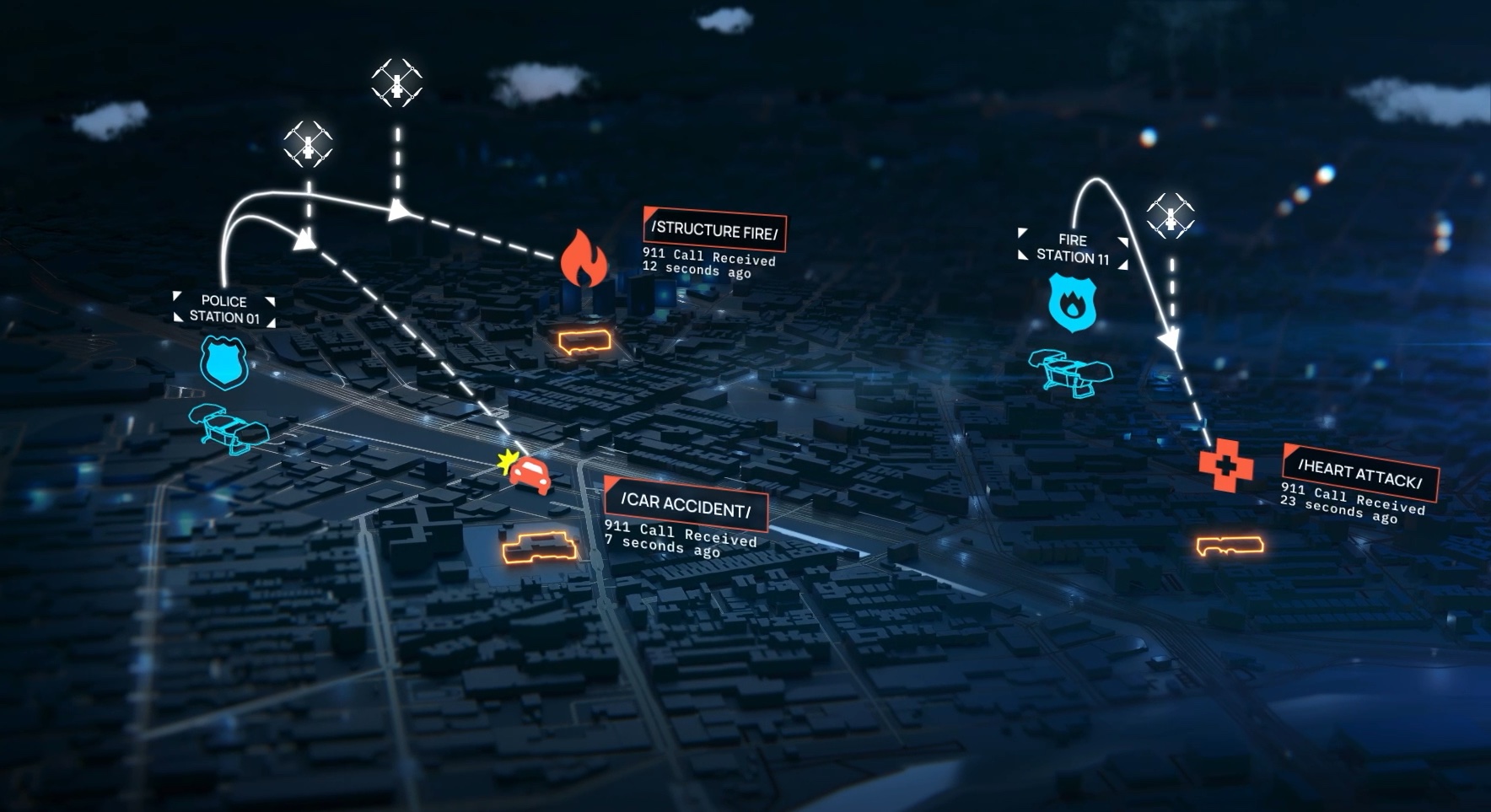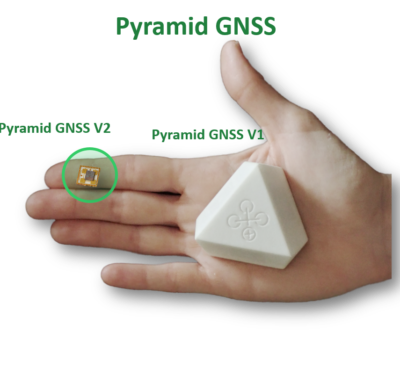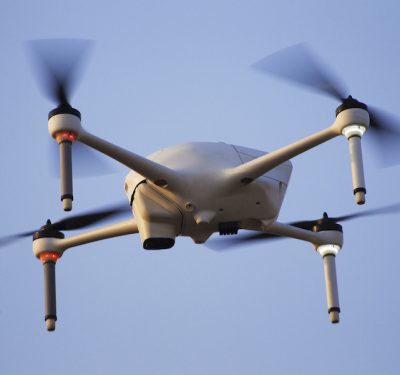BRINC has announced its Drone as First Responder (DFR) solution, featuring the Responder drone and Responder Station charging nest. Engineered to reach 911 calls in under 70 seconds, these drones provide critical situational awareness and can deliver life-saving medical supplies, reducing manned response times and addressing low-priority calls without dispatching officers.

Innovative Features and Capabilities
The American-made Responder drone supports first responders through an automated DFR system, a patrol-led approach, or manual deployment. It delivers various life-saving payloads, such as EpiPens, AEDs, PFDs, and naloxone (Narcan), and facilitates two-way communication for enhanced de-escalation during confrontations. Equipped with a Full HD, 40x zoom visual camera and a 640px thermal sensor, the Responder drone offers detailed on-scene views, aiding firefighters and search and rescue teams.
The Responder Station, a robotic charging nest, enables sub-5-second drone deployment and rapid recharging. After missions, drones return to the nearest Station, recharging from 0 to 100% in just 40 minutes.
BRINC LiveOps: Centralized Operations Software
The BRINC LiveOps platform drives the DFR solution, accessible via modern web browsers on mobile devices, tablets, and real-time crime centers. Key features include:
- Teleoperations: Control drones from anywhere using a browser.
- District-Wide Deployments: Manage calls for service and drone deployments.
- 2-Way Communications: Provide instructions and de-escalate situations.
- Augmented Reality Overlays: Enhance live feeds with map data.
- Integrated Airspace Awareness: Monitor local weather, ADS-B data, and FAA map tiles.
- Transparency Portal: Share flight logs and program dashboards with communities.
- Public Safety Integration: Connect with existing CAD, DEMS, and 911 systems.






